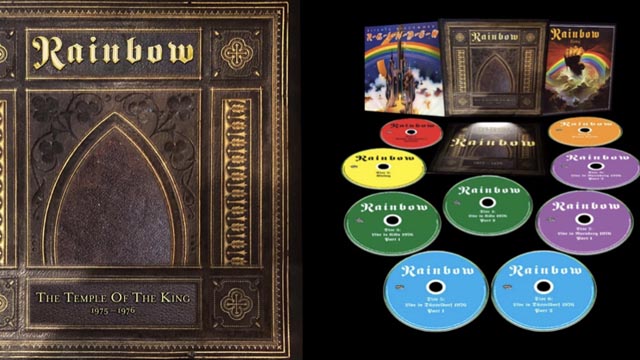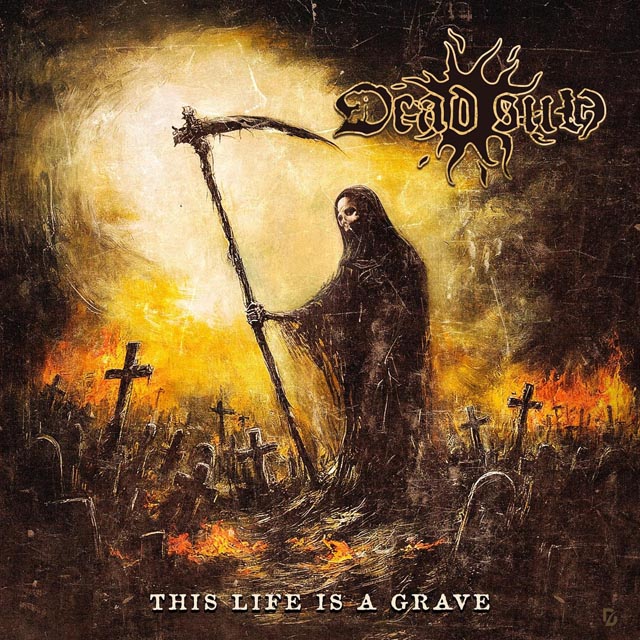 Headbangers’ Brawl is a weekly column where Metal Insider’s contributors take a moment to debate and analyze two opposing sides of a topical issue occurring in the world of metal and/or the music industry.
Headbangers’ Brawl is a weekly column where Metal Insider’s contributors take a moment to debate and analyze two opposing sides of a topical issue occurring in the world of metal and/or the music industry.
Yesterday, Spotify announced that they were extending unlimited free listening in the U.S. This comes less than three months after the streaming service had implemented a handful of restrictions on users of the free version.
Of course, having no time limits on music listening is great for the Spotify user. However, as Digital Music News asks, is abolishing restrictions on free listening a good business move for Spotify? That’s the question Bram and Zach try to answer in this week’s edition of Headbangers’ Brawl.
Zach: I think removing the restrictions on free listening is a good course of action. Spotify has been doing pretty well since it’s U.S. debut last Summer, and their partnership with Facebook has certainly helped. However, I still think of Spotify as “new,” and not only do they still need to attract more users, but they need to make sure that those users stay. Of course, the ultimate goal is to get free users to switch over to paid accounts. But let’s not forget why the free version is still profitable: advertisements. Now I couldn’t say whether or not the time limits discouraged people from using Spotify or not, but I have to imagine having no time limits will encourage free subscribers to use Spotify more (and thus be exposed to more advertisers). Of course, this then could lead to threat of Spotify become over-reliant on ads, which is currently Pandora’s big issue.
Bram: I’m not totally sure that this is the best move. I mean, for listeners and music fans, yes. They’re pretty much the main choice for streaming music, and from partnering with Facebook to giving new listeners free usage, they’ve made all the right moves since coming to America last summer. But what I’m a little concerned about is the money that artists are getting paid. If it’s really true that one million plays of Lady Gaga’s “Poker Face” in 2009 only netted her $167, then there’s something wrong there. Even if 1 million plays actually got her somewhere around $1800, that’s still a really small number. If that free listening is coming at the cost of coming up with a better means of compensation, then I don’t think that it’s acceptable.
Z: But what about the argument that some artists (not all, but some) are making more thanks to Spotify than they would otherwise because of illegal downloading? However, the amount artists get paid by Spotify vs. what they actually should earn is a different discussion. In regards to whether removing the previous restrictions on free users is a good business move on Spotify part, I’d say it is. Spotify needs to not only attract new users, but keep the current users active. Making free usage less limiting is one way to do that.
B: True, but it’s really only helping listeners in the short term. When they finally drop the hammer, it’s going to seem pretty restrictive for non-subscribers. Imagine only being able to hear a song five times per month or only being able to listen for ten hours. That’s what nonsubscribers in Sweden, Finland, Norway, the Netherlands and Spain had been subject to, although the service just removed those restrictions. So yeah, it’s great now, but when they inevitably change the amount of access you can get as a nonsubscriber, that will probably result in mass defections. And I’m sure some other company will come along. Then again, three million people have already decided that it’s worth subscribing to.
Z: But the point is that those restrictions have been removed “indefinitely.”
B: Or until they decide they can get more subscribers by putting limits on access. They haven’t done that yet, and hopefully, they’re making enough money from subscriptions that they won’t have to, but “indefinitely” doesn’t mean “never.” So yeah, it’s great for now, sure. No argument here. But let’s see how long it lasts.










